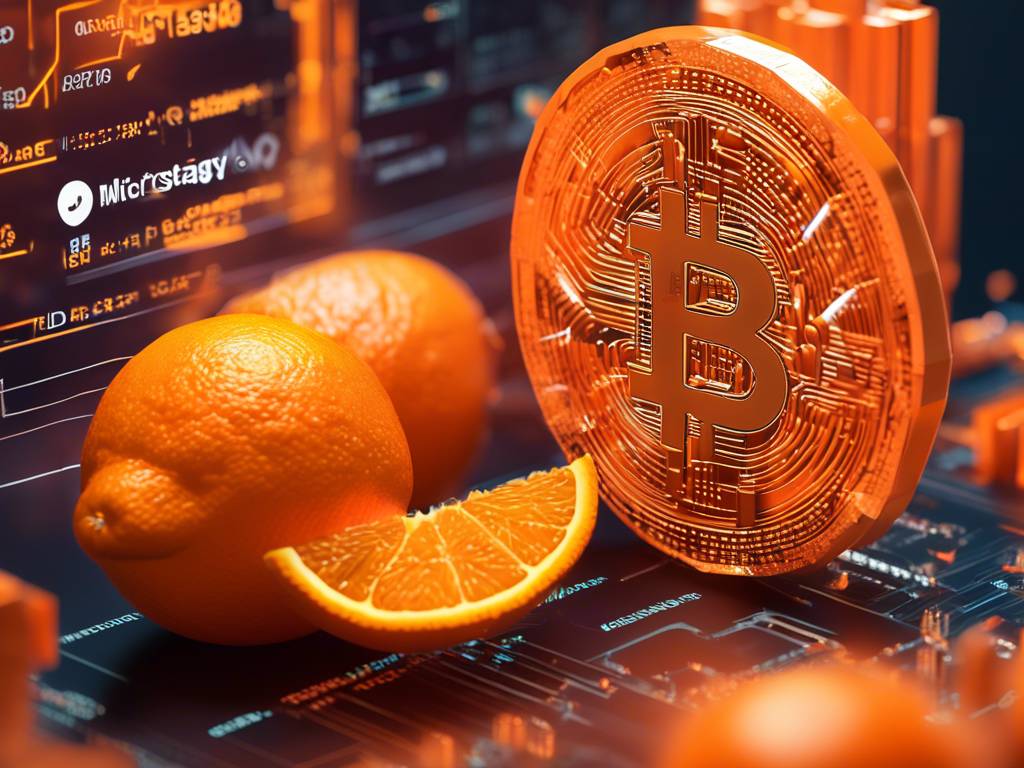Beginner’s Guide to Cryptocurrency Trading: Understanding Different Order Types
Cryptocurrency trading has become increasingly popular, with more and more people looking to invest in and trade digital assets. However, for beginners, the world of cryptocurrency trading can be overwhelming and confusing. One of the most important aspects of trading is understanding the different order types available. In this beginner’s guide to cryptocurrency trading, we will explore the various order types and how they can be used to maximize profits and minimize losses. Whether you are new to trading or looking to expand your knowledge, this guide will provide the essential information you need to get started.
Different cryptocurrency order types
Entering the world of cryptocurrency trading requires understanding various order types that can significantly impact a trader’s strategy:
- Market orders are executed immediately at the best available price, suitable for traders prioritizing speed and completion over price control.
- Limit orders offer more control by allowing traders to specify the price at which they wish to buy or sell.
- Stop orders are executed only when the asset reaches a predetermined stop price, instrumental in managing risks.
- Stop-limit orders combine stop and limit order features for a two-tiered approach to price specification.
Effect of order type on cryptocurrency trading
The impact of order type selection on cryptocurrency trading is substantial:
- Market orders execute trades instantaneously at the prevailing market price, beneficial for time-sensitive trades.
- Limit orders empower traders to set their desired entry or exit price, avoiding slippage but risking potential non-execution.
- Stop orders and stop-limit orders refine a trader’s ability to manage risk by setting trigger and limit conditions for execution.
Execution of trades and order types
Executions of trades within the cryptocurrency market hinge on the type of orders traders use:
- Stop orders provide insurance against adverse price movements by triggering a trade at a specified stop price.
- Stop-limit orders include a limit price as a safeguard against executing a trade beyond a certain price threshold.
- Time-in-force conditions such as GTC, IOC, and FOC dictate the duration that an order remains active in the market, affecting execution likelihood and timing.





 By
By

 By
By


 By
By